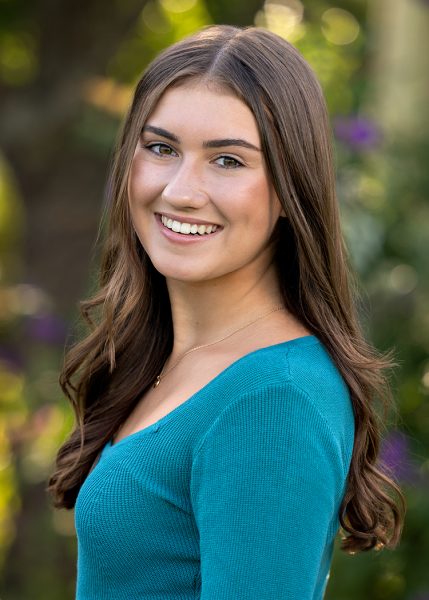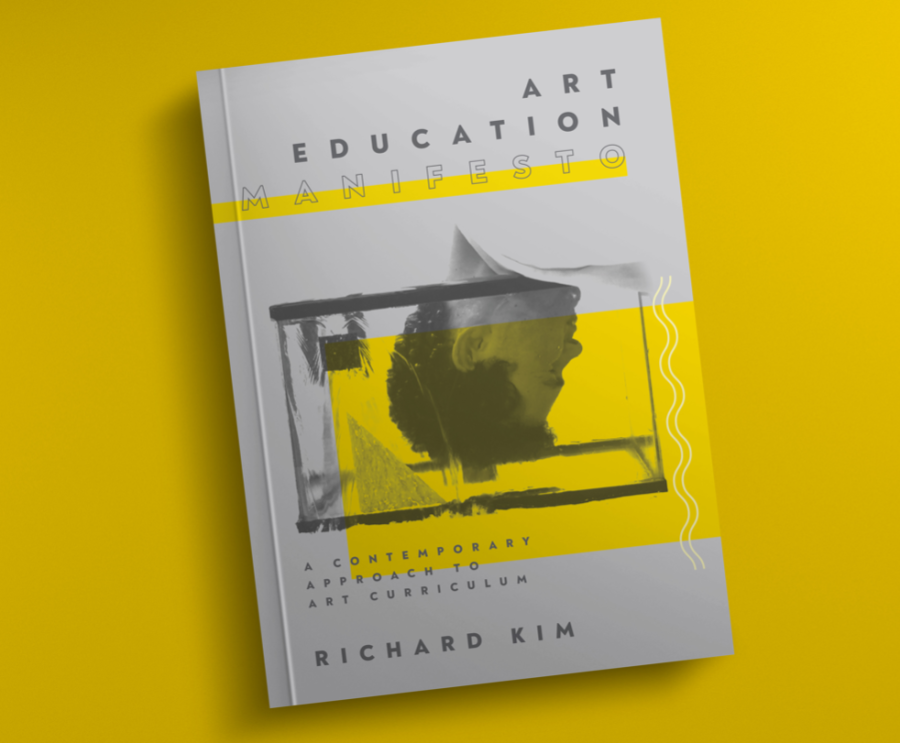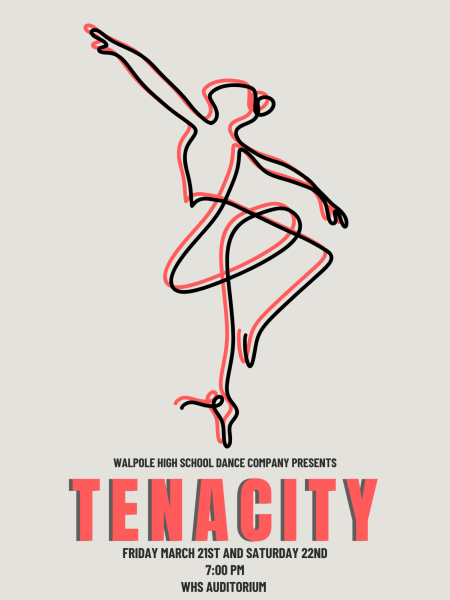Richard Kim Presents At Tufts University
Kim’s textbook “Art Education Manifesto” highlights contemporary art education practices. (Photo/Richard Kim)
On Oct. 20 WHS art teacher Richard Kim gave a presentation to art education students and faculty at Tufts University on his research on how to improve curriculum content in an ever-changing art world. Ever since his sophomore year of college, Kim’s interest in art education has grown. Specifically his experience joining art classes sophomore year of college allowed him to think outside the box because he did not take art classes in high school and struggled to understand why he had to do things a certain step by step way.
“The research is really based on teachers having curriculum stay relevant and current, teachers are expected to improve and show growth just as much as students” Kim said.
Not only did the art education department listen to his presentation, but the entire education faculty at Tufts University. Kim’s research can apply to even academic teachers because not only is art always changing and moving but so are science, history, english, and so on.
“Teachers are expected to improve, get better, and show growth just as much as students do”, Kim said.
His presentations have allowed him to spread information to even more people interested in art education. Before the pandemic, after seeing his research, a copy editor from Davis Publication supported him spreading his research in the form of a book, “Art Education Manifesto”.
Ever since starting at Walpole High School in 2004, Kim has taught Ceramics and Sculpture Ⅰ, Advanced Ceramics and Sculpture and Contemporary Art Theory and Practice. Kim’s Contemporary Art Theory and Practice class is based off of his research on art education that promotes the non-conformity of making art. Kim utilizes the complex nature of contemporary art through developing new ways to teach students that art is more than step by step rules.
“The class came out from the need to show students they can be rebellious in a safe and positive way, and to be non-traditional when many high schoolers are afraid of being different or weird,” Kim said.
Implementing his research into his classroom gives students more freedom to work with him as they learn to adapt to a new lesson. Kim believes education should not have strict guidelines, and he teaches his students how to grasp the creative process instead of following the step by step instructions that were outlined years ago.
“We don’t want to teach students what we learned when we were younger, we wanna [want to] teach students to the future” Kim said.
Kim is now working on his second textbook, “Work/Practice”, which differs from the first book as he explains how to maintain the balance between the final product, Studio Work, along with the messy creative parts, Studio Practice. He strives to continue presenting his research, while sharing and learning new ways of teaching at conferences.
“When something becomes so interesting and passionate for you it’s like you can’t stop and that’s just how I feel, I love learning new things about this field” Kim said.

Meghan McNeil, class of 2024, is the Editor-in-Chief of The Searchlight. At Walpole High School, she plays for the volleyball team. She is the activities...











